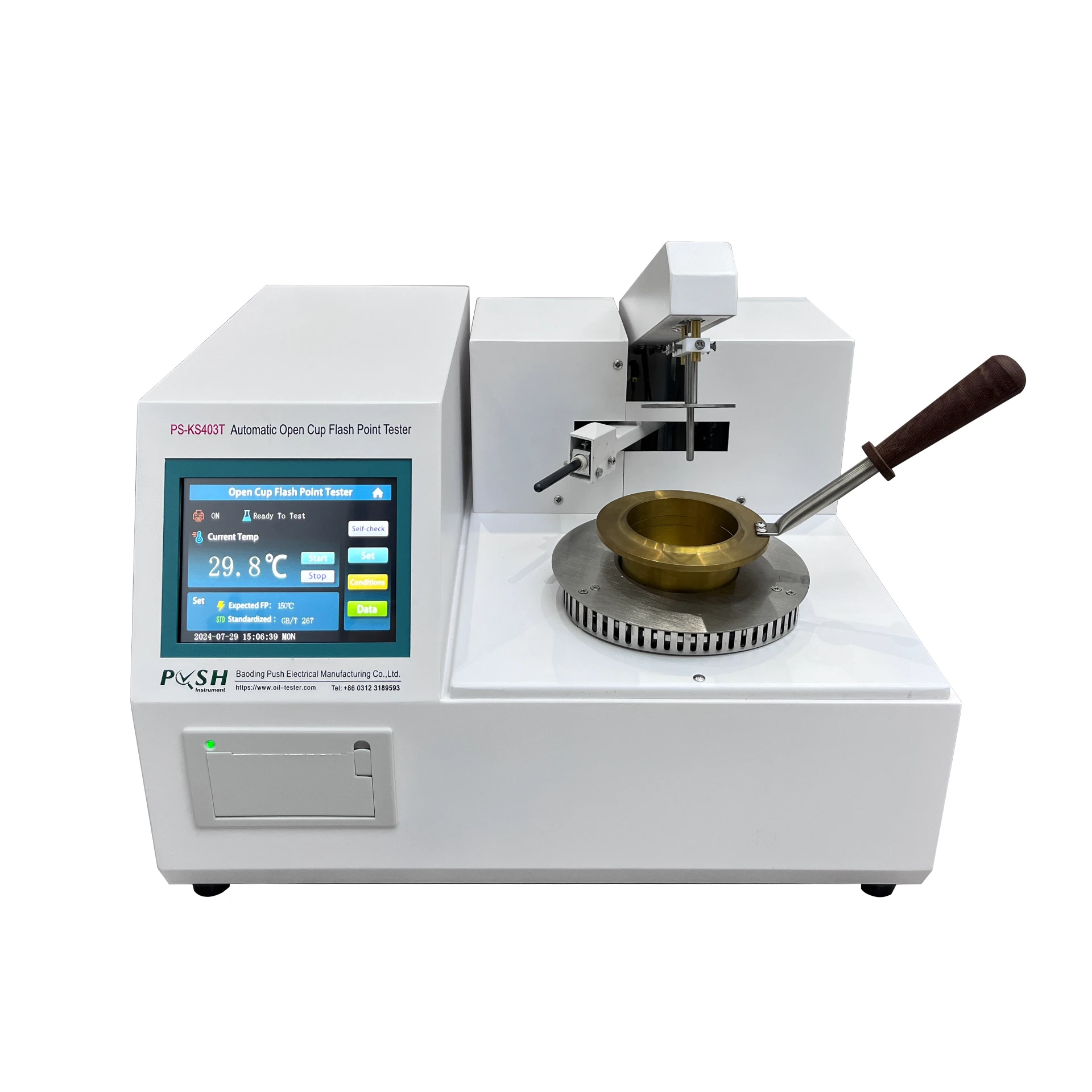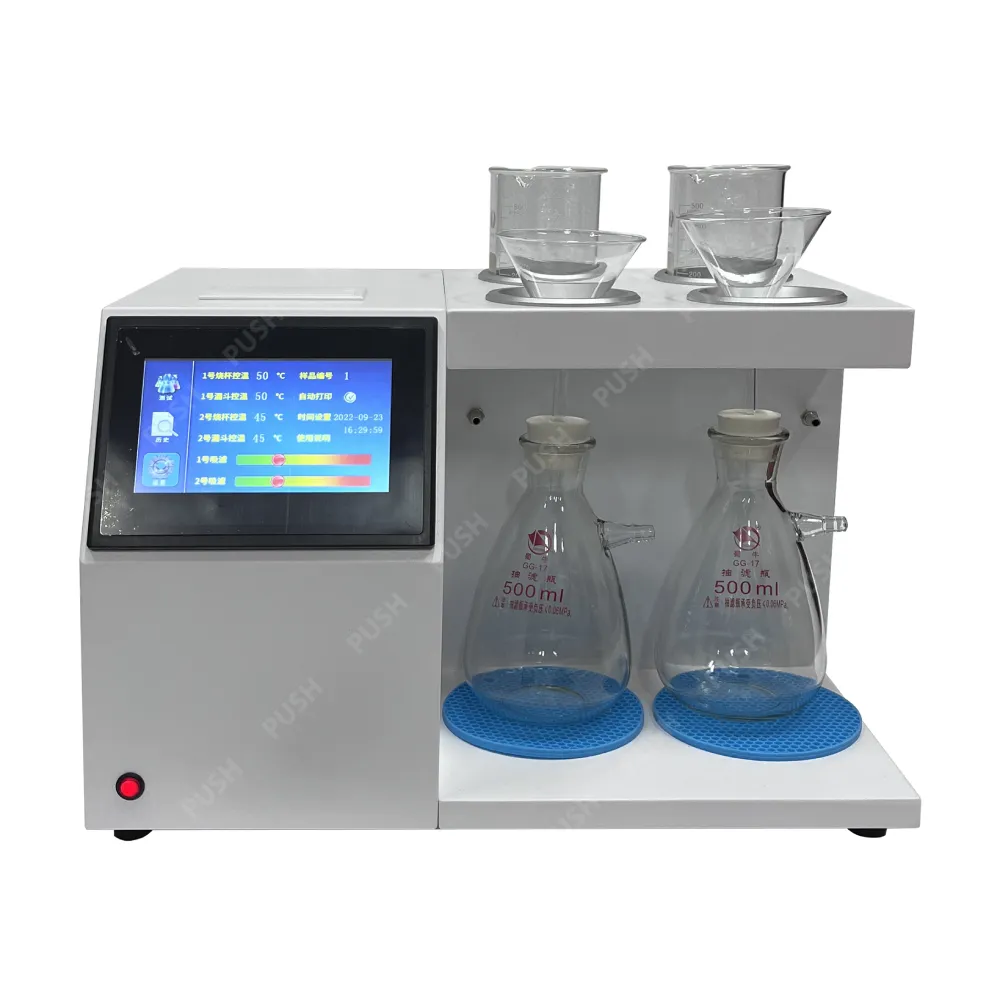TEL:
+86-0312-3189593
 English
English

Telephone:0312-3189593

Email:sales@oil-tester.com
2 月 . 12, 2025 11:45
Back to list
PS-9001 Gas Chromatograph
Load testing a single phase transformer is a critical process that validates the transformer's ability to handle expected electrical loads. As a fundamental component in power distribution, understanding the theory and practice behind load testing ensures optimal performance and longevity of the equipment. This article delves into the intricacies of load testing, drawing from trusted industry practices and expert insights to provide a comprehensive guide.
Understanding the core losses (no-load losses) and copper losses (load losses) is also a pivotal aspect of load testing. Core losses occur due to the alternating magnetic field in the core, while copper losses are due to the resistance in the windings. During a load test, these parameters are extracted by measuring the input power and the output power. The difference between these two values represents the total losses, aiding in calculating the efficiency of the transformer. High efficiency indicates minimal energy wastage, ensuring economical operation. Thermal performance is another critical factor. As electrical loads impact thermal conditions, monitoring temperature rise during load testing is paramount. Transformers have an allowable temperature rise limit defined by industry standards, which ensures that insulation and core materials are not compromised. Exceeding these limits can lead to insulation breakdown, potentially causing transformer failure. In practice, the results of a load test are benchmarked against manufacturer specifications and industry standards such as those from the Institute of Electrical and Electronics Engineers (IEEE) and the International Electrotechnical Commission (IEC). Deviations from these benchmarks may necessitate further inspection or recalibration to ensure operational safety and efficiency. Expertise in interpreting load test results plays a significant role. Skilled professionals analyze data, considering various load conditions, ambient temperature, and transformer specifications to draw accurate conclusions. Their assessments may recommend adjustments such as reducing load, improving cooling systems, or scheduling maintenance to enhance performance. Ultimately, load testing a single phase transformer is a testament to responsible equipment management. It reinforces the trustworthiness and reliability of power systems, boosting confidence in their continuous operation. As the demand for efficient and reliable power grows, understanding and applying the theory of load testing remains a cornerstone of transformative electrical services—ushering in an era of efficiency, safety, and sustainability in power distribution.


Understanding the core losses (no-load losses) and copper losses (load losses) is also a pivotal aspect of load testing. Core losses occur due to the alternating magnetic field in the core, while copper losses are due to the resistance in the windings. During a load test, these parameters are extracted by measuring the input power and the output power. The difference between these two values represents the total losses, aiding in calculating the efficiency of the transformer. High efficiency indicates minimal energy wastage, ensuring economical operation. Thermal performance is another critical factor. As electrical loads impact thermal conditions, monitoring temperature rise during load testing is paramount. Transformers have an allowable temperature rise limit defined by industry standards, which ensures that insulation and core materials are not compromised. Exceeding these limits can lead to insulation breakdown, potentially causing transformer failure. In practice, the results of a load test are benchmarked against manufacturer specifications and industry standards such as those from the Institute of Electrical and Electronics Engineers (IEEE) and the International Electrotechnical Commission (IEC). Deviations from these benchmarks may necessitate further inspection or recalibration to ensure operational safety and efficiency. Expertise in interpreting load test results plays a significant role. Skilled professionals analyze data, considering various load conditions, ambient temperature, and transformer specifications to draw accurate conclusions. Their assessments may recommend adjustments such as reducing load, improving cooling systems, or scheduling maintenance to enhance performance. Ultimately, load testing a single phase transformer is a testament to responsible equipment management. It reinforces the trustworthiness and reliability of power systems, boosting confidence in their continuous operation. As the demand for efficient and reliable power grows, understanding and applying the theory of load testing remains a cornerstone of transformative electrical services—ushering in an era of efficiency, safety, and sustainability in power distribution.
Latest news
-
Differences between open cup flash point tester and closed cup flash point testerNewsOct.31,2024
-
The Reliable Load Tap ChangerNewsOct.23,2024
-
The Essential Guide to Hipot TestersNewsOct.23,2024
-
The Digital Insulation TesterNewsOct.23,2024
-
The Best Earth Loop Impedance Tester for SaleNewsOct.23,2024
-
Tan Delta Tester--The Essential Tool for Electrical Insulation TestingNewsOct.23,2024





